Search
Filter by
Type
Tags
Dossiers
Themes
Departments
Active filters
1043 search results
Search results
-
Sinderhoeve
The Sinderhoeve is an experimental field station with a variety of facilities for both aquatic and terrestrial research on the effects of chemicals in the environment, as well as more basic ecological research questions. It provides possibilities to perform experiments supporting the higher tiers in environmental risk assessment. The Sinderhoeve is part of Wageningen Environmental Research but is also available for research from external parties.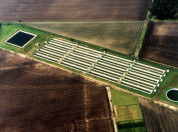
-
Flume and wave mesocosms
This series of facilities hosts different types of flume systems which serve to control water movement by a combination of flow and waves. The flume systems are used to study how water movement affects spatial development, functioning and resilience of the estuarine and coastal ecological landscape. The facility also hosts a wave mesocosm, to study the interaction between hydrodynamics and benthic organisms.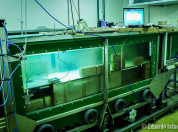
-
Underwater laboratory
This underwater laboratory is used to study how to enhance biodiversity on subtidal, hard substrates, like dikes and other man-made structures like pillars or offshore wind farms. The facility is unique in bringing the hard to reach subtidal environment to the easily accessible tidal area of the Eastern Scheldt at the very doorstep of NIOZ at Yerseke, Zeeland. It is a collaboration between Rijkswaterstaat, Hogeschool Zeeland and NIOZ.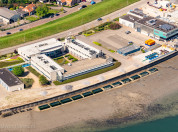
-
Komal Gogi
Project Manager
-
Yuxi Guo
Postdoc
-
Does north-south adaptation of animals also protect against climate change?
‘Can animal populations adapt to climate change by becoming genetically similar to more southerly populations?’ That is the question posed by ecologist Natalie van Dis. Knowledge about this could indicate which populations are most at risk from the changing climate. She has been awarded a Veni grant from NWO to investigate this at NIOO over the next three years.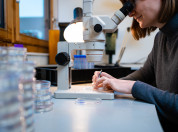
-
The highs and lows of fieldwork in Greenland
As part of the CLIMET consortium (Climate feedbacks and methane cycling in Arctic lakes: enzymes to atmosphere), researchers from the NIOO-KNAW have been in West Greenland investigating methane cycling in Arctic lakes. The aim of this first field visit was to assess variability in lake conditions and microbial composition across the low arctic landscape of Kangerlussuaq.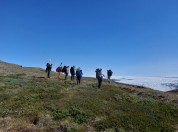
-
Pim Leber
PhD Candidate
-
Adapting to heat stress helps against heavy metals
Small aquatic organisms called rotifers have been found to also become tolerant to copper pollution after adapting to rising temperatures. Interestingly, the reverse is not true. An evolutionary experiment led by the Netherlands Institute of Ecology (NIOO-KNAW) shows this today in the journal Global Change Biology. ‘Understanding such long-term hereditary consequences of stress is crucial for informed environmental management and nature restoration.’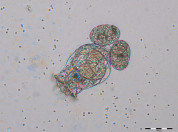
-
David Diez Méndez
Postdoc
